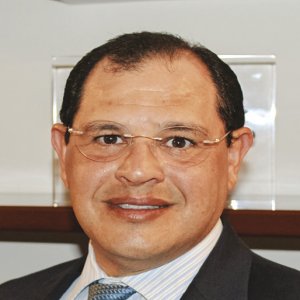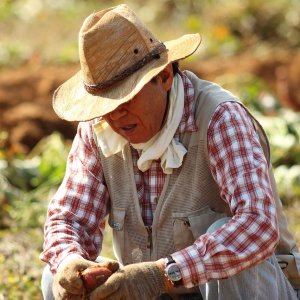Innovation Through Franchising

STORY INLINE POST
Two years ago, Amar Hidroponia determined it could spice up the country’s agricultural industry with a simple solution: franchising. Incorporating economies of scale, the company developed a model for growing and commercializing habanero peppers centered on franchising cultivable land. It now has 150ha and an annual production of 60 tons of peppers, which company President Rodrigo Domenzain says is just the beginning.
“The primary sector – agriculture, fishing, mining, farming – is the foundation of the economy and offers significant business opportunities. It is a matter of approaching the sector with the appropriate business model,” says Domenzain.
Franchising is unique in the agriculture sector. “We started as a foundation and later evolved to a company. However, the true innovation came when we elaborated the first agricultural franchise,” says Domenzain. As with any franchise, Amar Hidroponia attracts investors who become franchisees. “We ask for a MX$3 million investment, which in return includes 1ha of cultivable land, the planting of habanero peppers and the labor force,” says Domenzain.
For investors, the model is highly profitable because the economies of scale generated by Amar Hidroponia mean low operating costs. “We are offering all our investors a ROI in 18 months and the sale of 100 percent of their total production,” says Domenzain. Franchisees also have the option to be either fully involved in the production of their hectares or vigilant from afar. “They can go online and review the crop’s performance, the use of fertilizers and other statistics, all in real time,” says Domenzain.
The franchise model has allowed Amar Hidroponia to grow 150ha of habanero peppers with a total investment of MX$450 million and Domenzain says the plan is to reach 1,000ha in the next five years. “We have developed two industrial parks to support our growth: 500ha in Leona Vicario in Quintana Roo and 800ha in Oxkuxcab in Yucatan.”
Those locations adhere to a number of factors that range from human capital and expertise to favorable geographic and climatic conditions. “In Yucatan and Quintana Roo, we have developed the expertise for this crop and a model that incorporates economies of scale. Both states offer easy access to water and land is more economical than in other locations,” says Domenzain.
Amar Hidroponia grows every crop in greenhouses to manage peppers' growth and to ensure that quality complies with international standards. “It is an environmentally friendly project that also aims to generate a social impact,” says Domenzain. “We are providing jobs and generating social roots in local communities that are usually besieged by poverty.”
Growing the crop, however, is only half the work. The other half is implementing a successful commercialization scheme. “We realized that if we wanted to be successful we needed to close the circle and ensure the successful commercialization of our products,” says Domenzain. Almost 90 percent of Amar Hidroponia’s production is sent abroad for commercialization and only 10 percent stays in Mexico. “Our largest market is in the US but we are ready to make a foray into Europe, where we are targeting Germany and Italy, and into Asia, particularly the Chinese market.”
The efficiency of Amar Hidroponia’s production extends to its export operations. Peppers are collected and delivered to a distribution center, which arranges the products’ export using both air and ground transportation. “We even have a warehouse in McAllen, Texas, that acts as a distribution hub for the US,” says Domenzain.
Although a significant portion of Amar Hidroponia’s production is sent to the US, Domenzain is confident that the renegotiation of NAFTA will not affect its operations. Regardless of the international political climate, Domenzain believes Amar Hidroponia’s business model has a lot to offer. “At the moment our only crop is habanero, but using greenhouses allows us to diversify our product portfolio. We are thinking about growing other products, such as bell peppers or green tomatoes. We believe our model has the capability to disrupt the market.”
























